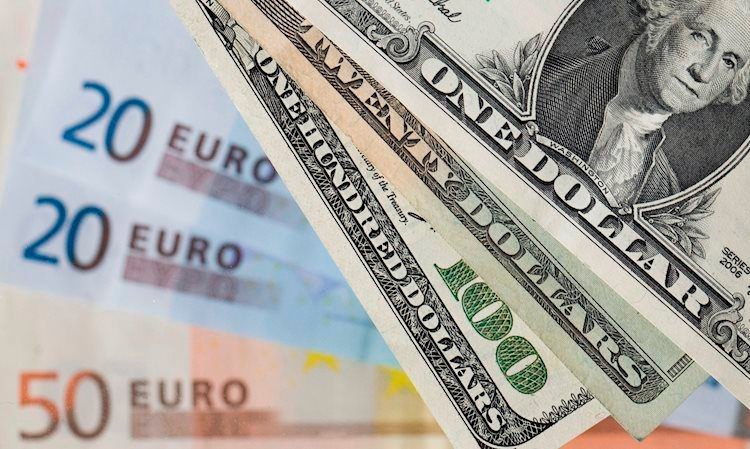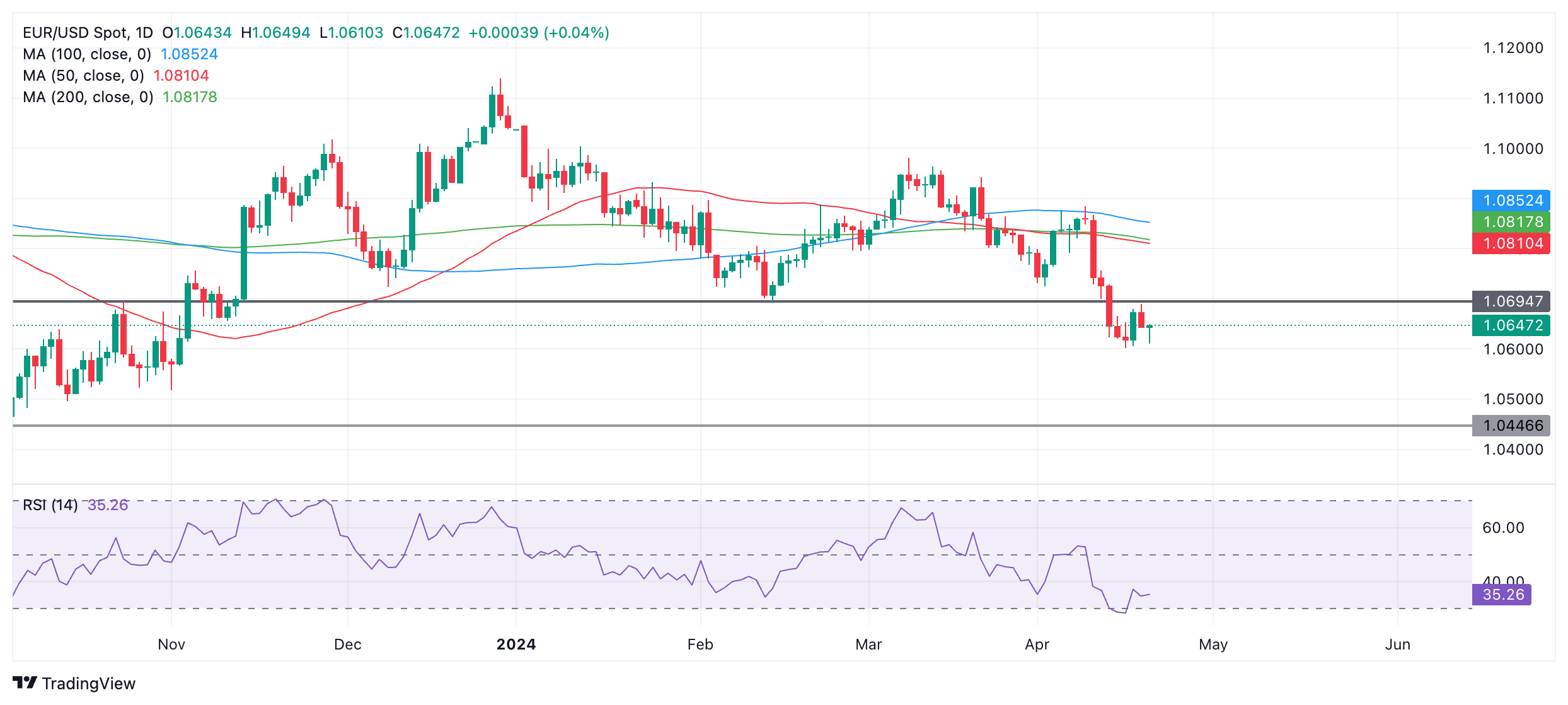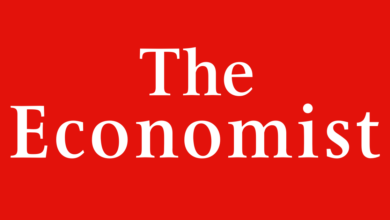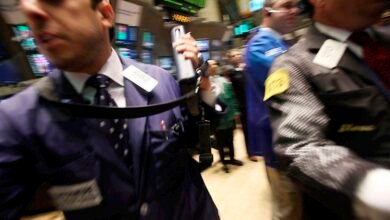EUR/USD recovers after initially selling off on Middle East tensions

- EUR/USD has recovered after an early sell-off due to news of an escalation in the conflict in the Middle East.
- Israel purportedly launched drones at Iran in retaliation for its April 13 attack.
- EUR/USD is consolidating in a downtrend.
EUR/USD is trading in the mid 1.0600s at the time of writing, after recovering from an early bout of weakness. News reports of an escalation in the Middle East conflict had prompted a flight to the safe-haven US Dollar (USD), with a resulting decline in EUR/USD.
Overnight, reports of explosions in the Iranian city of Isfahan, which houses a military barracks, according to Reuters, suggested Israel has retaliated against Iran for its April 13 drone attack. The escalation had a direct impact on markets, with demand for safe-havens assets – Gold, CHF, JPY and USD – ratcheting up.
EUR/USD, which measures the number of US Dollars that can be bought with one Euro, fell back down to 1.0610 on the news, close to the 1.0601 April 16 year-to-date (YTD) low. Since then the exchange rate has recovered a bit, and is currently exchanging hands in the 1.0630s.
EUR/USD pressured by ECB comments
EUR/USD started Thursday bullishly after the President of the European Central Bank (ECB) Christine Lagarde stated “The game (of fighting inflation) is not over,” suggesting perhaps some doubt as to whether it was time to start cutting interest rates. Given the maintenance of higher interest rates is positive for a currency since it attracts greater inflows of foreign capital, the Euro (EUR) strengthened following her remarks.
EUR/USD reversed course after touching technical resistance just shy of 1.0700 and resumed its short-term downtrend as a roll-call of other ECB officials expressed the opposite view, i.e that cutting interest rates was necessary if not overdue.
The President of the Banque de France and ECB governing council member François Villeroy de Galhau, for example, stated that a cut to borrowing costs was due, and delaying could be detrimental to growth, placing the ECB “behind the curve”.
Vice-President of the ECB Luis de Guindos was more tempered, saying the central bank would reduce rates if the data evolved as expected. ECB governing council member Joachim Nagel said a June rate cut appeared increasingly likely, although certain inflation data remained higher than expected.
Fed members adopt increasingly hawkish line
EUR/USD’s reversal lower on Thursday gained momentum after the release of the Philadelphia Fed Manufacturing Survey’s Index Prices Paid component – a regional inflation metric – shot up unexpectedly to 23.00 (prior 3.7), suggesting price pressures remain alive and kicking.
Flat Initial Jobless Claims further reinforced the view that the US labor market is likely to continue to be a source of inflation.
Commentary from Federal Reserve rate-setters suggested a shift to an increasingly hawkish stance (meaning in favor of high interest rates for longer).
Atlanta Fed President Raphael Bostic said US inflation is returning to the Fed’s 2.0% target at a slower pace than many had anticipated, adding he’d be comfortable being patient, and that interest rate cuts are likely – but not until year end.
New York Fed President John Williams went further, saying he didn’t feel an urgency to cut interest rates and that monetary policy is in a good place.
Technical Analysis: EUR/USD consolidates within a bear trend
EUR/USD seems to be messing around in the gap between the YTD lows at 1.0601 and the resistance from the last major swing low in February at just shy of 1.0700.
The short and medium-term trends are bearish, suggesting more weakness will eventually come.
EUR/USD Daily Chart
The Relative Strength Index (RSI) has exited oversold conditions, indicating renewed potential for more downside.
A break below the 1.0601 April lows would post a lower low and give renewed confidence to bears. After that, the next concrete target is at 1.0446, the October 2023 low.
Resistance at around 1.0700 will need to be overcome for bulls to reappear. In the case of a really bullish move, the April 2 swing low at 1.0725 provides the next upside target followed by 1.0800, where a cluster of major Moving Averages coils.
Euro FAQs
The Euro is the currency for the 20 European Union countries that belong to the Eurozone. It is the second most heavily traded currency in the world behind the US Dollar. In 2022, it accounted for 31% of all foreign exchange transactions, with an average daily turnover of over $2.2 trillion a day. EUR/USD is the most heavily traded currency pair in the world, accounting for an estimated 30% off all transactions, followed by EUR/JPY (4%), EUR/GBP (3%) and EUR/AUD (2%).
The European Central Bank (ECB) in Frankfurt, Germany, is the reserve bank for the Eurozone. The ECB sets interest rates and manages monetary policy. The ECB’s primary mandate is to maintain price stability, which means either controlling inflation or stimulating growth. Its primary tool is the raising or lowering of interest rates. Relatively high interest rates – or the expectation of higher rates – will usually benefit the Euro and vice versa. The ECB Governing Council makes monetary policy decisions at meetings held eight times a year. Decisions are made by heads of the Eurozone national banks and six permanent members, including the President of the ECB, Christine Lagarde.
Eurozone inflation data, measured by the Harmonized Index of Consumer Prices (HICP), is an important econometric for the Euro. If inflation rises more than expected, especially if above the ECB’s 2% target, it obliges the ECB to raise interest rates to bring it back under control. Relatively high interest rates compared to its counterparts will usually benefit the Euro, as it makes the region more attractive as a place for global investors to park their money.
Data releases gauge the health of the economy and can impact on the Euro. Indicators such as GDP, Manufacturing and Services PMIs, employment, and consumer sentiment surveys can all influence the direction of the single currency. A strong economy is good for the Euro. Not only does it attract more foreign investment but it may encourage the ECB to put up interest rates, which will directly strengthen the Euro. Otherwise, if economic data is weak, the Euro is likely to fall. Economic data for the four largest economies in the euro area (Germany, France, Italy and Spain) are especially significant, as they account for 75% of the Eurozone’s economy.
Another significant data release for the Euro is the Trade Balance. This indicator measures the difference between what a country earns from its exports and what it spends on imports over a given period. If a country produces highly sought after exports then its currency will gain in value purely from the extra demand created from foreign buyers seeking to purchase these goods. Therefore, a positive net Trade Balance strengthens a currency and vice versa for a negative balance.
Information on these pages contains forward-looking statements that involve risks and uncertainties. Markets and instruments profiled on this page are for informational purposes only and should not in any way come across as a recommendation to buy or sell in these assets. You should do your own thorough research before making any investment decisions. FXStreet does not in any way guarantee that this information is free from mistakes, errors, or material misstatements. It also does not guarantee that this information is of a timely nature. Investing in Open Markets involves a great deal of risk, including the loss of all or a portion of your investment, as well as emotional distress. All risks, losses and costs associated with investing, including total loss of principal, are your responsibility. The views and opinions expressed in this article are those of the authors and do not necessarily reflect the official policy or position of FXStreet nor its advertisers. The author will not be held responsible for information that is found at the end of links posted on this page.
If not otherwise explicitly mentioned in the body of the article, at the time of writing, the author has no position in any stock mentioned in this article and no business relationship with any company mentioned. The author has not received compensation for writing this article, other than from FXStreet.
FXStreet and the author do not provide personalized recommendations. The author makes no representations as to the accuracy, completeness, or suitability of this information. FXStreet and the author will not be liable for any errors, omissions or any losses, injuries or damages arising from this information and its display or use. Errors and omissions excepted.
The author and FXStreet are not registered investment advisors and nothing in this article is intended to be investment advice.





